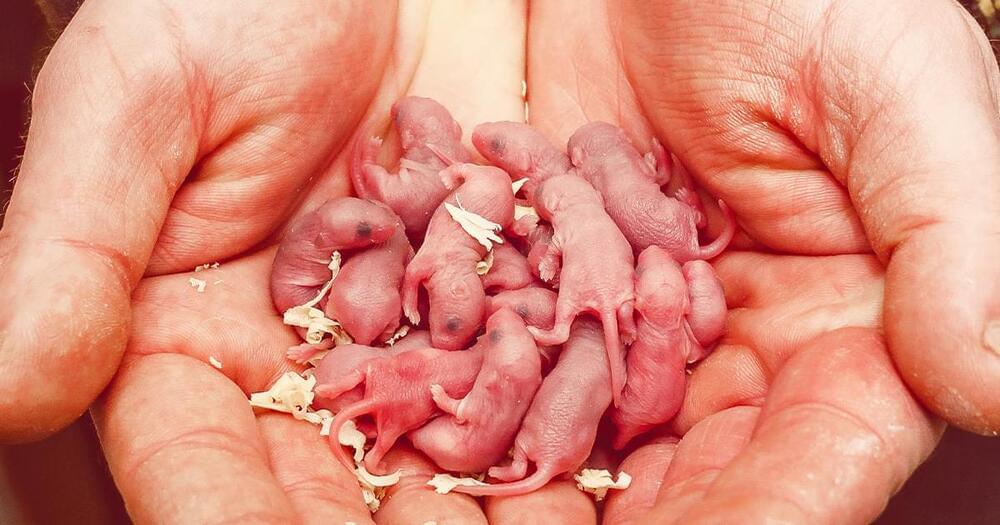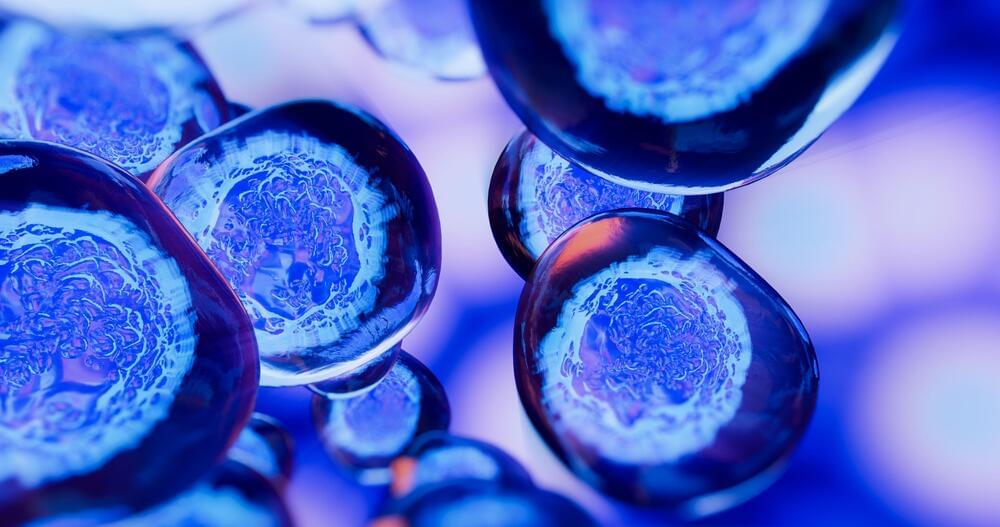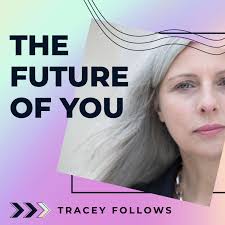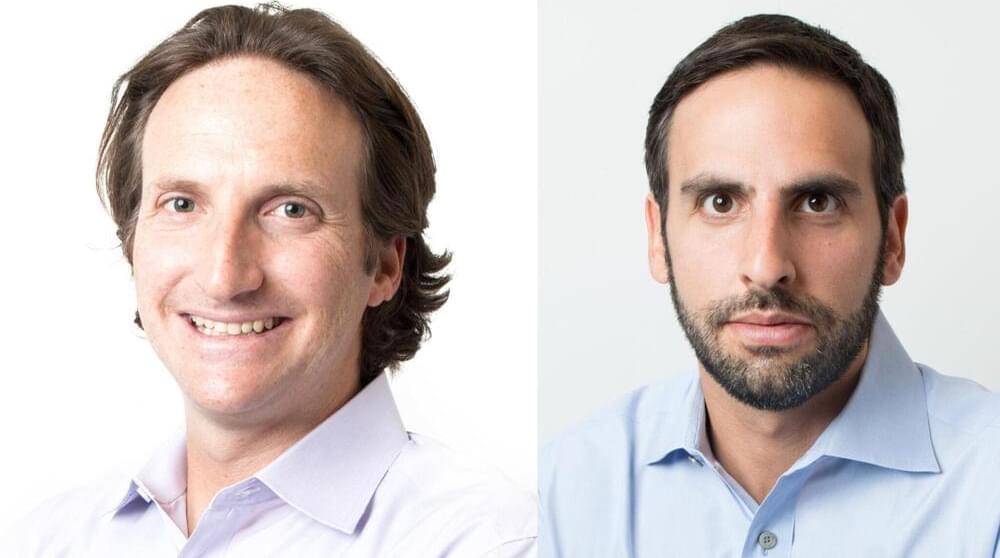O.o!!!!
Per a new study, administering the drug rapamycin to mice everyday for the first 45 days of their lives % extends life expectancy by an average 10 percent.



As the 3rd presenter during the morning session of the American Society for Dermatologic Surgery Meeting, “Emerging Concepts,” Saranya Wyles, MD, PhD, assistant professor of dermatology, pharmacology, and regenerative medicine in the department of dermatology at the Mayo Clinic in Rochester, Minnesota, explored the hallmarks of skin aging, the root cause of aging and why it occurs, and regenerative medicine. Wyles first began with an explanation of how health care is evolving. In 21st-century health care, there has been a shift in how medical professionals think about medicine. Traditionally, the first approach was to fight diseases, such as cancer, inflammatory conditions, or autoimmune disorders. Now, the thought process is changing to a root cause approach with a curative option and how to rebuild health. Considering how to overcome the sequence of the different medications and treatments given to patients is rooted in regenerative medicine principles.
For skin aging, there is a molecular ‘clock’ that bodies follow. Within the clock are periods of genomic instability, telomere attrition, and epigenetic alterations, and Wyles’ lab focuses on cellular senescence.
“We’ve heard a lot at this conference about bio stimulators, aesthetics, and how we can stimulate our internal mechanisms of regeneration. Now, the opposite force of regeneration is the inhibitory aging hallmarks which include cellular senescence. So, what is cell senescence? This is a state that the cell goes into, similar to apoptosis or proliferation, where the cell goes into a cell cycle arrest so instead of dividing apoptosis, leading to cell death, the cell stays in this zombie state,” said Wyles.

Do we need a new criteria for death, that covers the technicalities around neuro preservation, issues of legal identity upon reanimation and an approach to rehabilitation? What are the misunderstandings or misinformation that surround transhumanism and endeavour to make the distinction between transhumanism and technocracy? Should we be worried about the wrong headedness of The Population Bomb, climate catastrophism and the fashionability of long termism?
Today, I speak with Max More. As some of you may already know, Max is considered to be the founder of modern transhumanism, a philosopher and futurist who writes extensively on technology and humanity. He’s also currently ambassador and President Emeritus at Alcor Life Extension Foundation, having served almost 10 years as President and CEO there, and having been its 67th member. His 1995 University of Southern California doctoral dissertation, ‘The diachronic self identity continuity and transformation’, examined several issues that concern transhumanists, including the nature of death. He is the Co-editor of Rhe Transhumanist Reader, and he’s written many articles on transhumanism and extropianism, including the 1990 essay, ‘Transhumanism: toward a futurist philosophy’, in which he introduced the term transhumanism, in its modern sense.
This episode of The Future of You covers:
Scientists have successfully increased the lifespan of animals and there are first studies which describe how we might reverse aging. So how could we one day rever aging?
🔬 Subscribe for more awesome biomedical research: https://bit.ly/2SRMqhC
📸 IG: instagram.com/clemens.steinek.
🔬Twitter: https://twitter.com/CSteinek.
In the 70s, scientists observed that cells only grow for a limited amount of days in the laboratory (Hayflick limit). Over the years, so-called hallmarks of aging have been uncovered. These hallmarks of aging govern how our cells age and we could try to slow dem down to “reverse aging”.
The first hallmark of aging is mutation. We can acquire mutations by being exposed to UV radiation or certain chemicals or through cell division. Cell divsion also leads to a second hallmark of aging (telomere attrition). Furthermore, our mitochondria start to work less as quality checks do not work properly anymore.
The hallmarks of aging are tightly linked to epigenetics. Epigenetics means that we have mechanisms (DNA methylation, histone modifications) which regulate the activity of genes. Epigenetics governs the development of embryonic stem cells into cells of our body but also impact aging. The loss of mitochondria for example is linked to dysfunctional epigenetic layers. As we age, at least three epigenetic modifications namely H4K16 acetylation, H3K4 trimethylation, or H4K20 trimethylation acumulate. The thing is that epigenetics is reversible… so can we also reverse aging?
Diets have been shown to slow down (and reverse aging to a small degree). Cells also show less damages in their DNA and we find higher levels of proteins which are found in “young cells. The activity of mitochondria is also increased if we undergo caloric restriction. Diets also impact the production of sirtuins which increase the lifespan and reverse aging. Different compounts (such as NMN and remodelin) have been shown to improve the epigenetic landscape which might have an effect on reversing aging. Exercise also might help to reverse aging as it helps to increase the activity of mitochondria. Meditation and having less stress also helps to increase the lengths of telomeres which might help to reverse aging. All in all studies suggests that some hallmarks of aging can be reversed so lets see where that goes!
0:00–0:46 Intro.
0:46–3:53 Hallmarks of Aging.
3:53–6:38 Epigenetics Controls Genes.
6:38–8:45 Reversing Aging: what is known.
8:45–11:25 Reversing Aging through Diets & Sports.
11:25–12:13 My Opinion.
References:

Alector, a clinical-stage biotechnology company pioneering immuno-neurology and innate immuno-oncology, has announced the initiation of the first-in-human Phase 1 trial of AL044. The study is investigating the safety profile, pharmacokinetics (PK), pharmacodynamics (PD) and target engagement of AL044 in healthy adults.
Longevity. Technology: Headquartered in South San Francisco, California, Alector is aiming to develop an unmatched pipeline of novel potential medicines based on insights into immunology, neurology and human genetics. The company’s therapeutic candidates are intended to harness the body’s innate power to heal itself, and Alector is pioneering immuno-neurology, a novel therapeutic approach for the treatment of neurodegenerative diseases, and innate immuno-oncology.
Immuno-neurology targets immune dysfunction as a root cause of multiple pathologies that are drivers of degenerative brain disorders. Alector has discovered, and is developing, a broad portfolio of innate immune system programs, designed to functionally repair genetic mutations that cause dysfunction of the brain’s immune system and enable rejuvenated immune cells to counteract emerging brain pathologies. Alector’s immuno-neurology product candidates are supported by biomarkers and target genetically defined patient populations in frontotemporal dementia and Alzheimer’s disease.
What is limb regeneration and what species possess it? How is it achieved? What does this tell us about intelligence in biological systems and how could this information be exploited to develop human therapeutics? Well, in this video, we discuss many of these topics with Dr Michael Levin, Principal Investigator at Tufts University, whose lab studies anatomical and behavioural decision-making at multiple scales of biological, artificial, and hybrid systems.
Find Michael on Twitter — https://twitter.com/drmichaellevin.
Find me on Twitter — https://twitter.com/EleanorSheekey.
Support the channel.
through PayPal — https://paypal.me/sheekeyscience?country.x=GB&locale.x=en_GB
through Patreon — https://www.patreon.com/TheSheekeyScienceShow.
TIMESTAMPS:
Intro — 00:00
Regeneration & Evolution — 01:30
Regrowing Limbs and Wearable Bioreactors — 09:30
Human regenerative medicine approaches — 19:20
Bioelectricity — 24:00
Problem solving in morphological space — 40:45
Where is memory stored — 44:30
Intelligence — 50:30
Xenobots & synthetic living machines — 56:00
Collective intelligence & ethics — 1:10:00
Future of human species — 1:17:00
Advice — 1:24:00
Please note that The Sheekey Science Show is distinct from Eleanor Sheekey’s teaching and research roles at the University of Cambridge. The information provided in this show is not medical advice, nor should it be taken or applied as a replacement for medical advice. The Sheekey Science Show and guests assume no liability for the application of the information discussed.

A small California biotech emerged from stealth last year to go after drug discovery’s “data problem,” and now the AI outfit has announced its first public partnership. Terray Therapeutics put out word Wednesday that it reached a deal with Calico Life Sciences, the Google-backed anti-aging biotech co-founded by industry legend.

Celine halioua drops into a crouch and greets Bocce, a Chihuahua-dachshund mix with soulful brown eyes, like a long-lost friend. “Oh my God, you’re so beautiful!” she chirps. The two have just met in an upstairs room at Muttville Senior Dog Rescue in San Francisco, where light streams in through the open windows and urine occasionally streams onto the floor. About a dozen elderly dogs, none taller than a kneecap, putter around on the gray linoleum or nap on blankets. When Halioua kneels, her dark hair tumbling over her shoulder, Bocce rests his head blissfully in her lap.
A tragedy of human-canine relations is that a 10-year-old dog such as Bocce is old, while a 28-year-old person such as Halioua is in the prime of life. Bocce is one of the lucky ones. Many dogs can only dream of living as long as he likely will, because dog lifespan is inversely correlated with body size. It’s the opposite of the wider pattern in the animal kingdom, where elephants easily outlast mice, which in turn outlive mosquitoes. A Chihuahua can expect roughly 15 years of life; an Irish wolfhound or Great Dane around seven or eight.
Halioua hopes that the startup whose name is emblazoned on her slim black T-shirt— Loyal —can start to fix this bug in humanity’s 14,000-year-plus wolf bioengineering project. The company, which she founded in 2019 and leads as CEO, is developing drugs to delay aging in dogs and extend their healthy lifespan. She has raised around $58 million and has two drugs in development. In a few years, she hopes to have the first commercial drug—for any species—to state on the label that it delays aging or extends lifespan. That alone would be a triumph, but Halioua sees it as a springboard to a still greater feat: creating similar drugs for humans.